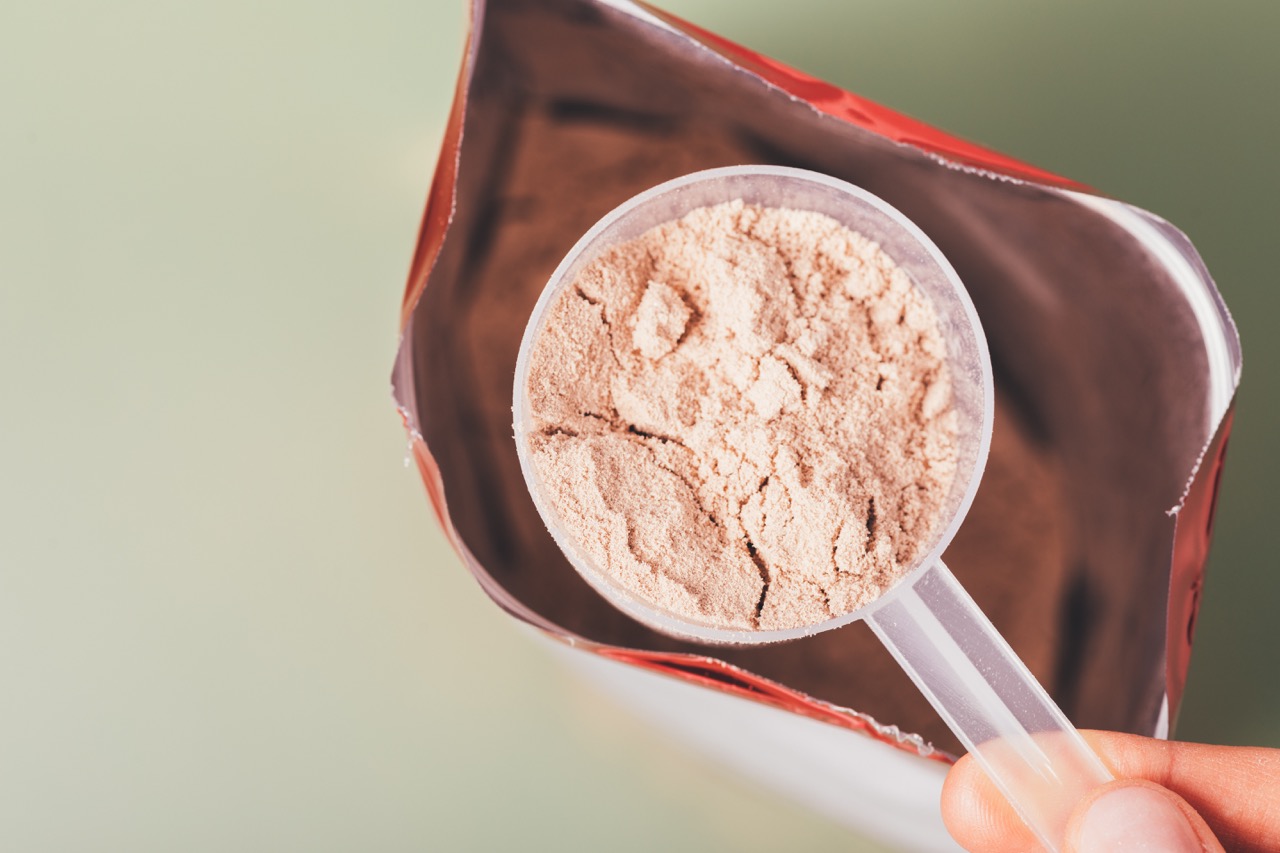

Articles
How To Store Protein Powder
Modified: October 20, 2024
Learn the best ways to store protein powder and keep it fresh for longer. Read our articles to discover valuable tips and tricks for proper protein powder storage.
(Many of the links in this article redirect to a specific reviewed product. Your purchase of these products through affiliate links helps to generate commission for Storables.com, at no extra cost. Learn more)
Introduction
Protein powder is a popular supplement among fitness enthusiasts and individuals looking to increase their protein intake. It is convenient, versatile, and can be added to shakes, smoothies, or baked goods. However, proper storage of protein powder is essential to maintain its quality, taste, and nutritional value over time.
In this article, we will discuss the importance of storing protein powder correctly and provide practical tips on how to do so. By following these guidelines, you can ensure that your protein powder remains fresh, safe to consume, and effective in supporting your fitness goals.
Key Takeaways:
- Proper storage of protein powder is crucial for maintaining its quality and nutritional value. Choosing the right container, avoiding moisture exposure, and protecting it from light and odors are key steps to ensure its effectiveness.
- Organizing and labeling your protein powder containers can help you track expiration dates and maintain freshness. By implementing these practices, you can enjoy the full benefits of your protein powder for an extended period.
Read more: How To Mix Protein Powder Without Blender
Choosing the Right Container
When it comes to storing protein powder, selecting the right container is crucial. The container you choose should be airtight, durable, and resistant to moisture, light, and odors. Here are a few options to consider:
- Plastic Containers: Plastic containers are a popular choice for storing protein powder due to their affordability and durability. Look for containers made from food-grade plastic, which is safe for storing consumable items. Ensure that the lid fits tightly to create an airtight seal.
- Glass Jars: Glass jars are another excellent option for storing protein powder. They are transparent, allowing you to easily see the contents, and are resistant to absorbing odors. Look for jars with airtight lids, preferably made from BPA-free materials.
- Metal Containers: Metal containers, such as stainless steel canisters, are great for keeping protein powder fresh. They are sturdy, easy to clean, and offer excellent protection against light and moisture. Ensure that the container is properly sealed to prevent air from entering.
- Resealable Bags: If you purchase protein powder in bulk, you may consider transferring it to resealable bags. These bags are lightweight, space-saving, and often come with a zip-lock closure that helps prolong the freshness of the powder. Make sure to press out any excess air before sealing the bag to prevent oxidation.
When choosing a container, also consider the size. It’s best to select a container that allows for minimal headspace to reduce air exposure. This helps maintain the overall quality and integrity of the protein powder for a longer period.
Remember to clean your chosen container thoroughly before using it to store protein powder. This will ensure that there are no contaminants that could spoil the powder or affect its taste.
Ideal Storage Conditions
Protein powder is highly susceptible to degradation when exposed to certain conditions. To maintain its quality and potency, it is important to store it in the ideal conditions. Here are the key factors to consider:
- Temperature: Protein powder should be stored in a cool and dry place. Excessive heat can cause the powder to clump, lose its texture, and potentially degrade its nutritional value. Avoid storing it near appliances or areas that may generate heat, such as the oven or stove.
- Humidity: Moisture can significantly impact the quality of protein powder by causing clumping and potential mold growth. Ensure that the storage area is free from excessive humidity. A pantry or cupboard away from the kitchen sink or bathroom is an ideal choice.
- Direct Light: Exposure to light, particularly sunlight, can lead to nutrient breakdown and oxidation of protein powder. It is best to store it in a dark area or use opaque containers that prevent light from reaching the powder. This helps preserve its nutritional integrity.
- Avoiding Extreme Temperatures: Fluctuations in temperature can be detrimental to protein powder. Avoid storing it in areas that experience extreme temperature changes, such as garages or unheated storage spaces. Rapid temperature shifts can lead to condensation inside the container, affecting the powder’s quality.
- Away from Strong Odors: Protein powder has the tendency to absorb odors from its surroundings. Keep it away from strong-smelling substances such as spices, cleaning agents, or foods with pungent odors. This will help preserve the original flavor of the protein powder.
By adhering to these ideal storage conditions, you can ensure that your protein powder remains fresh, free from clumps, and retains its nutritional value for an extended period.
Avoiding Moisture
Moisture is one of the biggest enemies when it comes to storing protein powder. It can cause the powder to clump, lose its effectiveness, and even promote the growth of mold and bacteria. Here are some tips to help you avoid moisture exposure:
- Use Desiccant Packs: Desiccant packs, which are small sachets containing drying agents like silica gel, can help absorb any moisture that might be present in the container. Place a desiccant pack inside the protein powder container to minimize the risk of moisture accumulation.
- Avoid Condensation: Moisture can form inside the container when there are temperature fluctuations. To prevent condensation, make sure the protein powder container is tightly sealed and stored in a cool, dry area with a consistent temperature. Avoid exposing the container to temperature changes, such as placing it in the refrigerator and then taking it out into a warm environment.
- Keep Away from Liquids: Ensure that your protein powder container is kept away from any liquids, such as water or oil, as even a small amount of liquid can ruin the texture and quality of the powder. Store the container in a separate area from where liquids are stored or used.
- Prevent Moisture Absorption: Ensure that the protein powder container has a tight-fitting lid or closure mechanism that seals out moisture. Additionally, it’s important to avoid scooping the powder with a wet or damp scooper, as even a little moisture can introduce excess moisture into the container.
- Avoid Refrigeration: While it may be tempting to store protein powder in the refrigerator to keep it cool, this can actually lead to moisture absorption. The temperature fluctuations and the potential for condensation can negatively affect the powder’s quality. Stick to storing the protein powder in a cool, dry pantry or cupboard instead.
By taking these measures to avoid moisture exposure, you can ensure that your protein powder remains dry, free from clumps, and safe for consumption.
Maintaining Proper Temperature
Maintaining the proper temperature is crucial for preserving the quality and effectiveness of protein powder. Extreme temperatures can degrade the protein and affect its taste and nutritional value. Here are some tips for storing protein powder at the right temperature:
- Avoid Heat: High temperatures can cause protein powder to degrade, lose potency, and develop an unpleasant taste. It is important to store protein powder in a cool place, away from direct heat sources such as the stove, oven, or sunlight. Excessive heat can also lead to clumping and spoilage of the powder.
- Room Temperature: The ideal temperature range for storing protein powder is between 15°C and 25°C (or 59°F and 77°F). Storing the powder at room temperature helps to maintain its integrity and prevents the formation of lumps. Avoid drastic temperature fluctuations, as this can lead to condensation inside the container.
- Avoid Freezing: While it is important to keep protein powder cool, freezing it is not recommended. Freezing can cause moisture to accumulate, which can lead to clumping and spoilage when the powder is thawed. Additionally, freezing and thawing can negatively affect the texture and quality of the powder.
- Consider Climate: If you live in a hot and humid climate, it becomes even more important to be mindful of storing protein powder properly. High humidity can lead to moisture absorption and clumping of the powder. Consider using additional measures such as desiccant packs or silica gel packets to absorb any excess moisture.
- Transportation: When transporting protein powder, ensure that it is kept in a cool and temperature-controlled environment. Avoid leaving it in the car on hot days or exposed to direct sunlight, as this can affect the powder’s quality. Use insulated coolers or bags if necessary to maintain the desired temperature.
By maintaining the proper temperature for storing protein powder, you can ensure that it remains fresh, potent, and in the best condition for consumption.
Read more: How To Store Protein Shakes
Protecting from Light
Protecting protein powder from light exposure is essential for preserving its quality, flavor, and nutritional value. Light, especially sunlight, can cause the breakdown of certain nutrients and lead to oxidation, resulting in a loss of potency. Here are some tips to protect protein powder from light:
- Choose Opaque Containers: When selecting a container for protein powder storage, opt for an opaque or dark-colored one. This helps to block out light and prevent its harmful effects on the powder. Avoid transparent or clear containers, as they allow light to penetrate and degrade the powder over time.
- Store in a Dark Place: Find a storage spot for your protein powder that is away from direct light exposure. A cool pantry, cupboard, or drawer is an ideal location. Avoid storing it near windows or other areas where sunlight can directly reach the container.
- Avoid Transparent Bags or Packaging: If you purchase protein powder in bulk or receive it in transparent packaging, consider transferring it to an opaque container. This will provide an additional layer of protection from light exposure and help maintain the powder’s quality. Remember to properly seal the new container to prevent air and light from entering.
- Avoid Light Exposure during Use: When you are using protein powder, try to minimize its exposure to light as much as possible. For instance, when preparing a protein shake, mix the powder in a shaker bottle or blender that is opaque or covered. This will help limit light exposure during the mixing process.
- Avoid Transparent Scoopers: If your protein powder comes with a transparent scoop, replace it with an opaque one. Transparent scoopers can allow light to pass through and potentially affect the quality of the powder. Using an opaque scoop will help preserve the integrity of the protein powder.
By taking the necessary steps to protect your protein powder from light exposure, you can ensure that it remains fresh, retains its nutritional value, and tastes its best throughout its shelf life.
Store protein powder in a cool, dry place away from direct sunlight and moisture. Keep the container tightly sealed to prevent clumping and maintain freshness.
Preventing Exposure to Air
Preventing exposure to air is crucial in maintaining the quality, freshness, and effectiveness of protein powder. When protein powder is exposed to air, it can lead to oxidation, moisture absorption, and a decrease in potency. Here are some tips to prevent exposure to air:
- Use Airtight Containers: Store your protein powder in airtight containers to minimize its exposure to air. Ensure that the lid or closure mechanism of the container creates a tight seal, preventing any air from entering. This will help preserve the powder’s freshness and prevent it from clumping or losing its quality.
- Minimize Head Space: When transferring protein powder to a container, try to minimize the head space or empty space remaining at the top. This reduces the amount of air present in the container. If you have a large container and a small quantity of powder, consider using a smaller airtight container to reduce the head space.
- Avoid Scooping with Dirty or Wet Utensils: When measuring out protein powder, avoid using dirty or wet scoops or utensils. Moisture and contaminants can affect the powder’s quality and lead to clumping. Prior to use, ensure that your scoops are clean and dry.
- Avoid Aggressive Shaking: When using a protein shaker bottle or blender, avoid excessive shaking or blending. Aggressive shaking can introduce more air into the powder, leading to oxidation and potentially affecting its taste. Gently blend or shake the powder only until it is mixed evenly.
- Re-Secure Packaging Properly: If you are using the original packaging of the protein powder, make sure to re-secure it properly after each use. Close the packaging tightly and ensure that it is sealed to minimize air exposure. Alternatively, transfer the powder to a separate airtight container for better protection.
By taking these precautions and preventing exposure to air, you can maintain the quality, effectiveness, and taste of your protein powder for a longer period of time.
Keeping Away from Odor
Keeping protein powder away from strong odors is essential for preserving its original flavor and preventing any unwanted flavors or smells from seeping into the powder. Protein powder has a tendency to absorb odors from its surroundings, which can affect its taste and overall quality. Here are some tips to keep protein powder away from odor:
- Choose a Neutral Storage Location: Select a storage location for your protein powder that is away from strong-smelling substances. Avoid storing it near spices, cleaning agents, or other pungent foods. A cool pantry or cupboard, away from the kitchen or any odorous items, is an ideal choice.
- Avoid Storing with Fragrant Foods: Keep your protein powder separate from fragrant foods such as spices, coffee, or strong-smelling teas. These items can release their aroma into the surrounding space, increasing the risk of odors permeating the powdered supplement.
- Separate from Oils and Flavored Supplements: Oils and flavored supplements can emit strong odors that may be absorbed by protein powder. Keep your protein powder container away from any oils or flavored supplements to prevent cross-contamination of smells.
- Seal the Container Properly: Ensure that the container used to store protein powder is tightly sealed to prevent any external odors from entering. This will help maintain the powder’s original flavor and quality. Consider using containers with airtight lids or closures for maximum protection.
- Use Odorless Tools: When measuring protein powder or scooping it out, use odorless utensils or scoops. Avoid using scoops or utensils that may have absorbed strong smells. Cleaning your scoops thoroughly and storing them separately from odorous substances can help minimize the risk of odor transfer.
By taking the necessary precautions to keep protein powder away from strong odors, you can ensure that it maintains its original flavor, remains enjoyable to consume, and provides the intended benefits without any unwanted flavors or smells.
Organizing Protein Powder
Organizing your protein powder storage not only helps maintain its quality but also makes it easier to access and use when needed. Here are some tips for organizing your protein powder:
- Designate a Dedicated Storage Area: Choose a specific area in your pantry, cupboard, or kitchen where you will store your protein powder. This will help you keep track of your inventory and ensure that it is easily accessible whenever you need it.
- Arrange by Type or Flavor: If you have multiple types or flavors of protein powder, consider organizing them separately. Grouping them together by type or flavor will make it easier to locate the specific one you want without unnecessary searching.
- Use Stackable Containers: Utilize stackable containers or storage bins to save space and keep your protein powder organized. Stackable containers make it easier to access different varieties of powder while taking up less space in your pantry or cupboard.
- Label the Containers: Label each container with the type or flavor of protein powder it contains. This will help you quickly identify the powder you need without having to open multiple containers. Clear labels can be especially useful when using opaque containers.
- Arrange Based on Expiration Dates: As you purchase new protein powder, organize your containers based on expiration dates. Place the containers with the closest expiration dates at the front, making it easier to use them first and ensure freshness.
- Keep Scoops Handy: Store the protein powder scoops or measuring spoons with the containers. This will help you locate the scoop easily when it’s time to measure out the desired amount of powder. Attach a scoop to each container if you have multiple containers of the same type of powder.
- Clean and Tidy Storage Area: Regularly clean and tidy your protein powder storage area to ensure that it remains organized. Wipe down the containers, remove any spills, and discard any expired or unused protein powder. Keeping the storage area clean will help maintain the overall quality of your protein powder.
By implementing these organizing tips, you can create an efficient and accessible system for storing and using your protein powder effectively.
Read more: How To Store Collagen Powder
Labeling and Date Tracking
Labeling and tracking the dates of your protein powder can help you stay organized and ensure that you consume it within its recommended shelf life. Here are some tips for labeling and date tracking your protein powder:
- Label Containers Clearly: Use labels or tags to clearly mark each container of protein powder. Include important information such as the brand, type, flavor, and any specific instructions for preparation or consumption. This will help you easily identify the specific powder you need without confusion.
- Write the Purchase Date: When you purchase a new container or package of protein powder, write down the date of purchase. This will help you keep track of how long you have had the powder and estimate its remaining shelf life.
- Be Mindful of Expiration Dates: Check the expiration dates on the package of your protein powder and transfer that date onto your labeled container. This will serve as a reminder to consume the powder before it expires and maintain its quality and effectiveness.
- Utilize First-In, First-Out (FIFO) System: If you have multiple containers of the same protein powder, organize them based on their expiration dates using the First-In, First-Out (FIFO) system. Consume the powder with the earliest expiration date first to ensure you use it before it loses its freshness.
- Track Opened and Unopened Powder: Keep track of which containers of protein powder have been opened and which ones are still sealed. This will help you prioritize the opened containers to consume first, as they may have a shorter shelf life compared to the unopened containers.
- Use Permanent Markers or Labels: Use permanent markers or adhesive labels that are resistant to moisture and can withstand the storage conditions of your protein powder. This will prevent smudging or fading over time, making sure the information remains clear and legible.
- Monitor Storage Conditions: In addition to labeling and date tracking, regularly monitor the storage conditions of your protein powder, such as temperature and humidity, to ensure it stays within optimal conditions. Make any necessary adjustments to prevent spoilage or degradation.
By implementing a labeling and date tracking system, you can stay organized, consume your protein powder within its recommended timeframe, and minimize the risk of consuming expired or low-quality powder.
Conclusion
Properly storing protein powder is essential for maintaining its quality, flavor, and nutritional value. By following the guidelines outlined in this article, you can ensure that your protein powder remains fresh, safe to consume, and effective in supporting your fitness and nutrition goals.
Choosing the right container, such as an airtight plastic or glass jar, is the first step in storing protein powder correctly. Keeping it in a cool and dry location, away from direct light and extreme temperatures, will help prevent degradation and clumping. Avoiding exposure to moisture, whether from condensation or liquids, is crucial to maintaining the powder’s consistency and integrity.
Protecting protein powder from light and strong odors is vital as well. Using opaque containers, storing it in a dark area, and keeping it separate from fragrant foods or substances can help preserve its original flavor and prevent odor absorption.
Organizing your protein powder storage by type or flavor, using stackable containers, and labeling each container can make it easier to access and track your inventory. Date tracking and adhering to the first-in, first-out system will ensure that you consume the powder before it expires.
Ultimately, by implementing these practices, you can prolong the freshness and potency of your protein powder, allowing you to enjoy its benefits to the fullest. Remember to always check the expiration dates, monitor storage conditions, and use your senses to assess the quality of the powder before consuming it.
So, don’t neglect the importance of proper storage for your protein powder. By taking these simple steps, you can continue to enjoy the convenience, versatility, and nutritional benefits of your protein powder for a long time.
Frequently Asked Questions about How To Store Protein Powder
Was this page helpful?
At Storables.com, we guarantee accurate and reliable information. Our content, validated by Expert Board Contributors, is crafted following stringent Editorial Policies. We're committed to providing you with well-researched, expert-backed insights for all your informational needs.
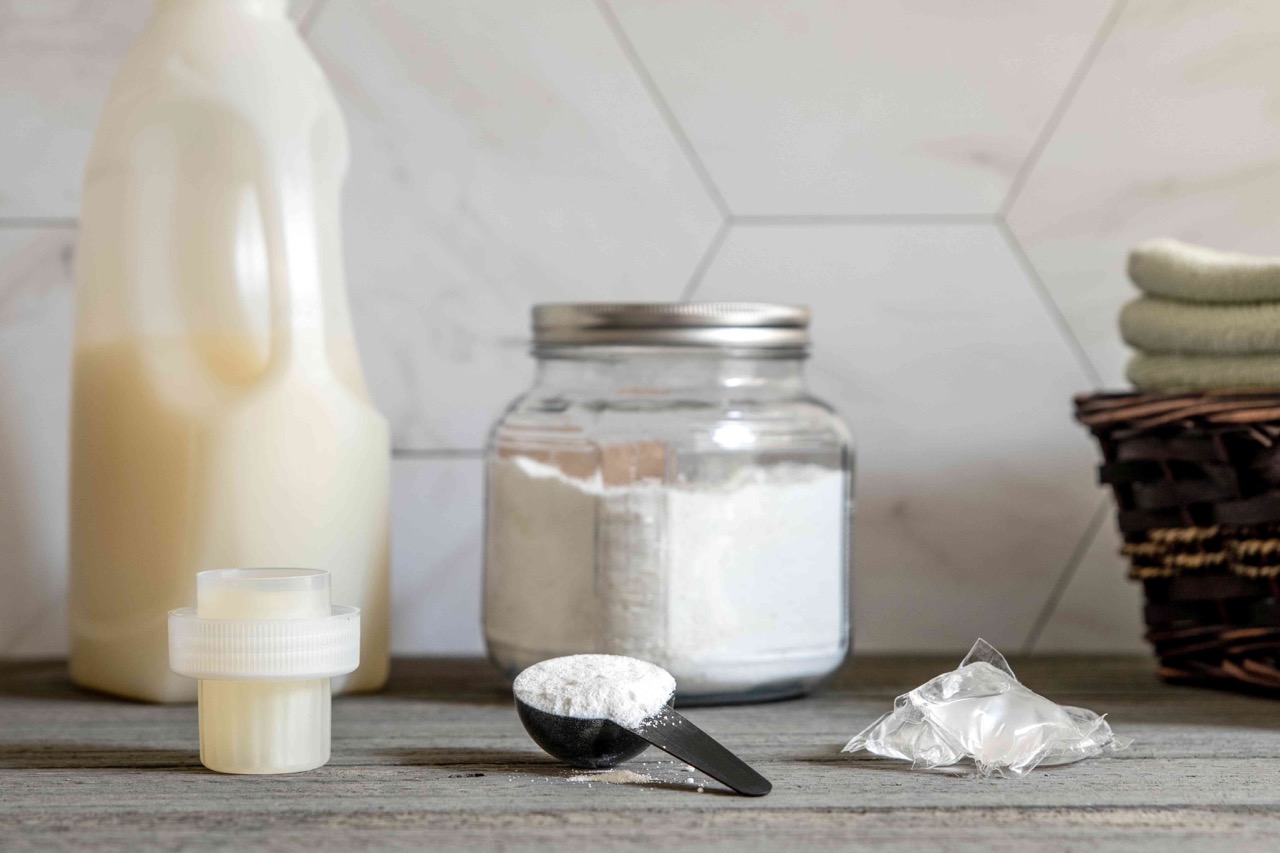
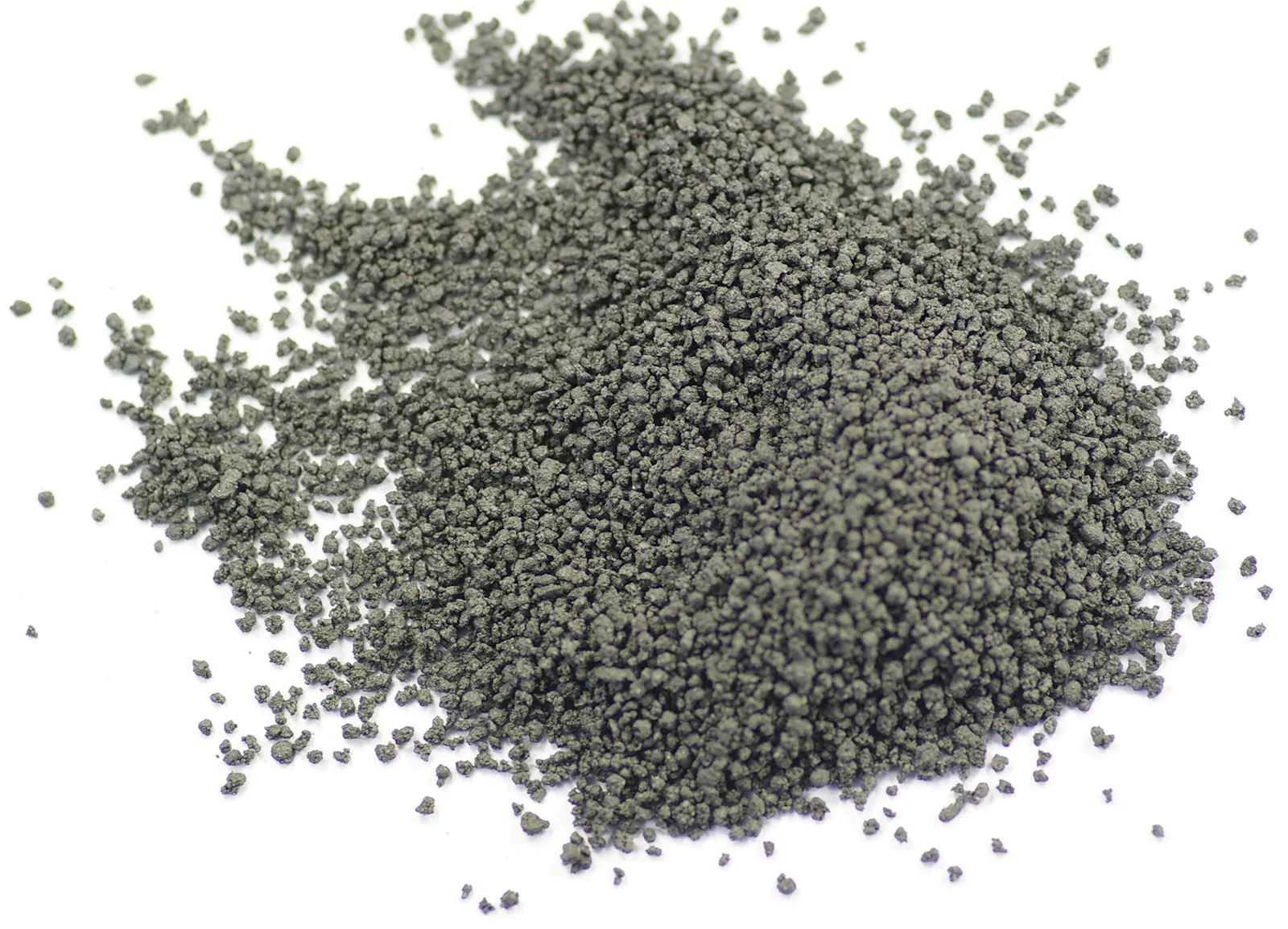


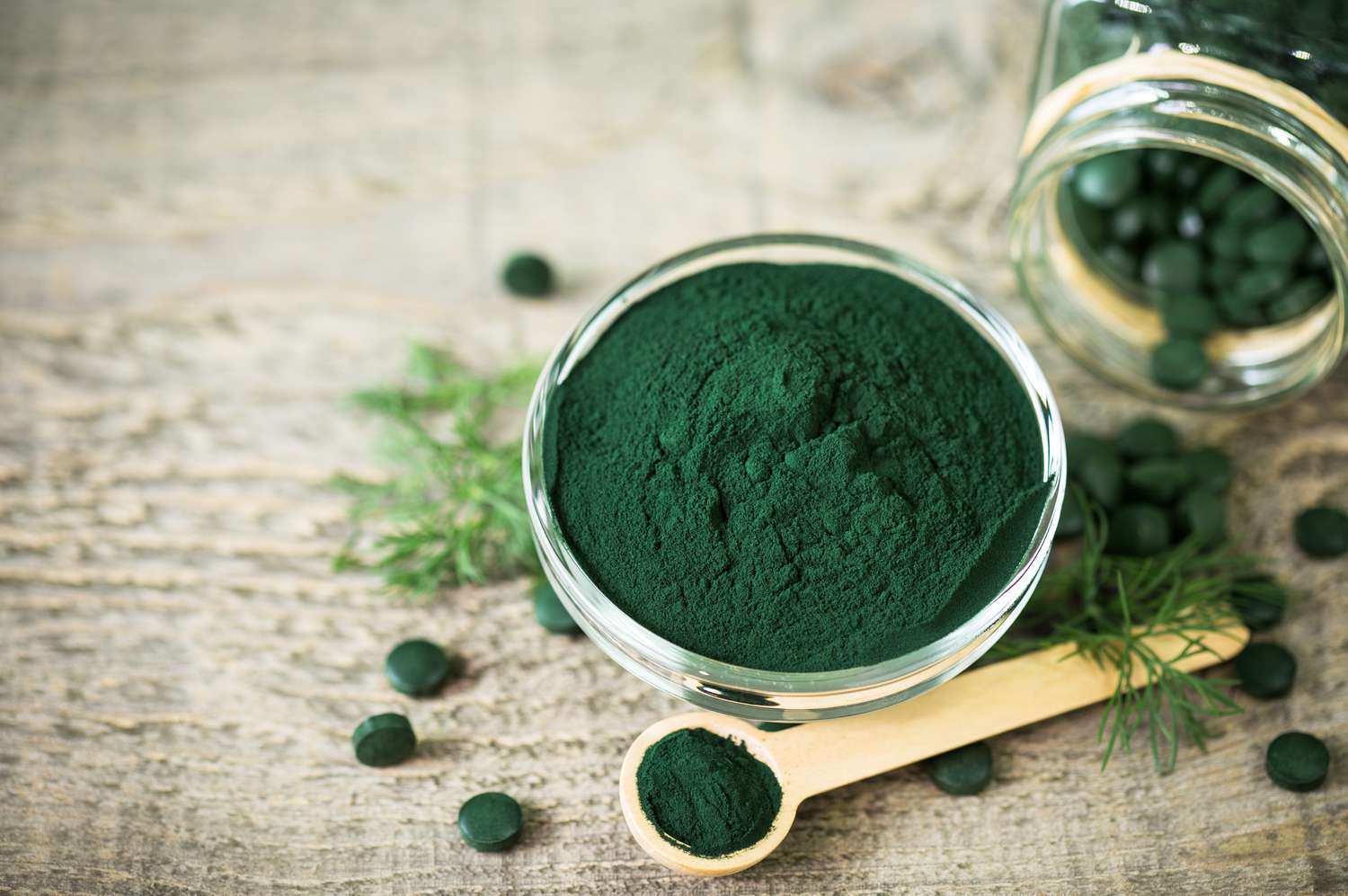
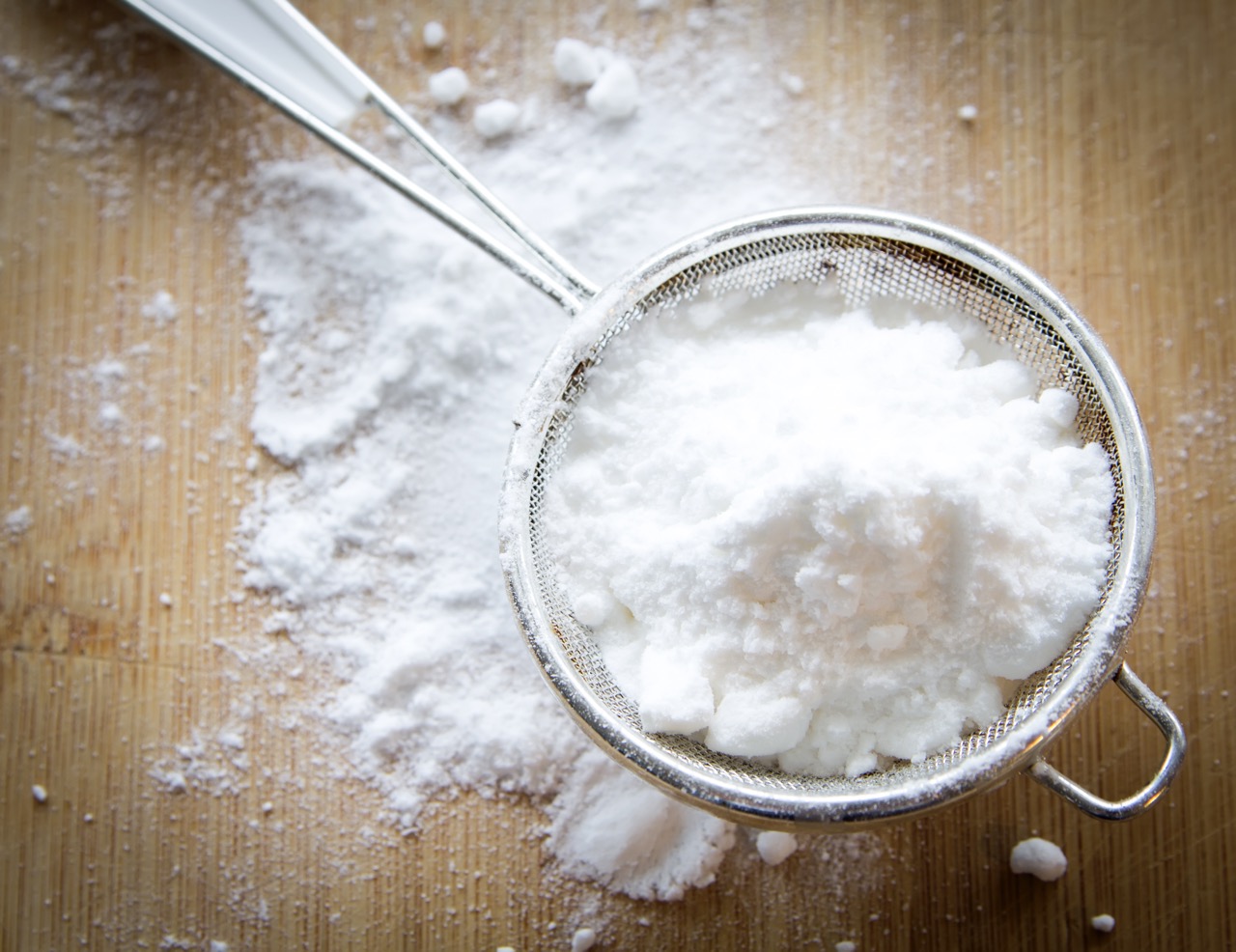
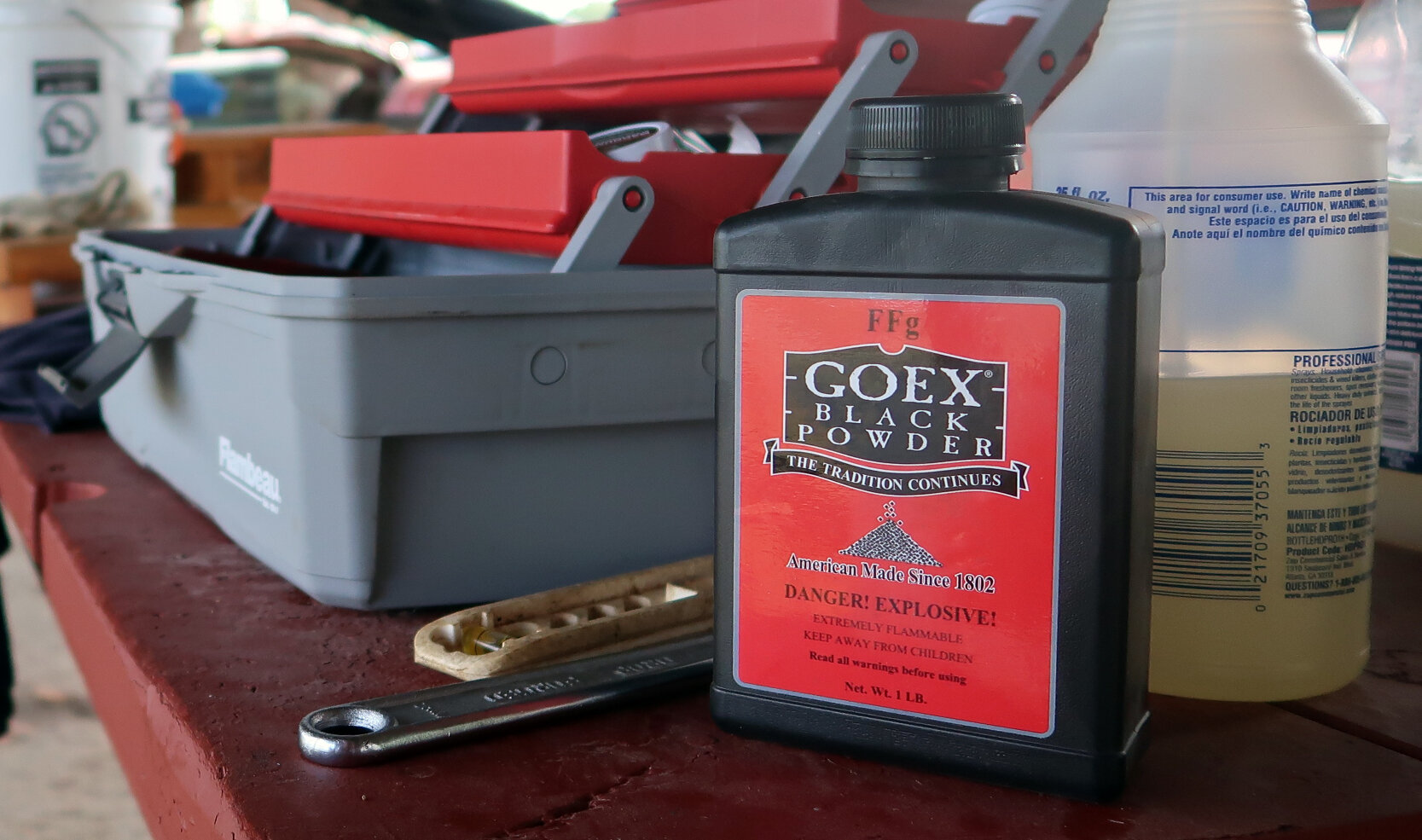

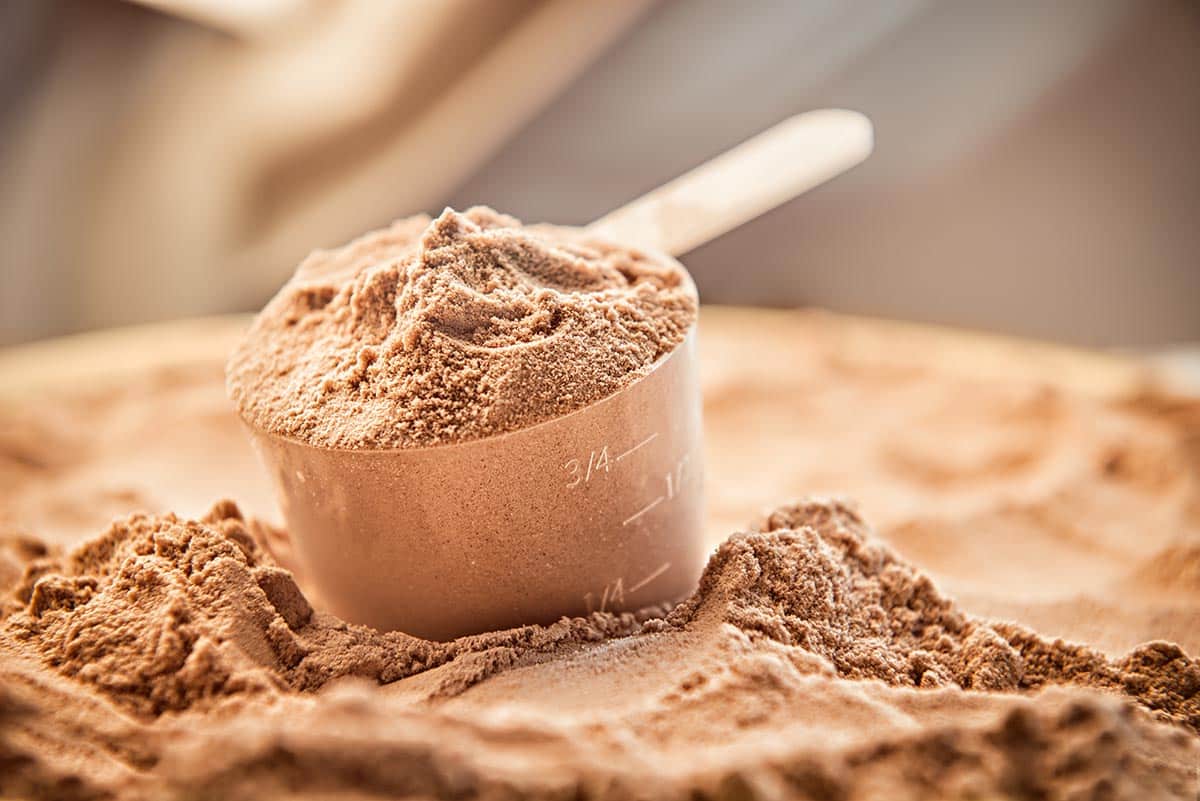
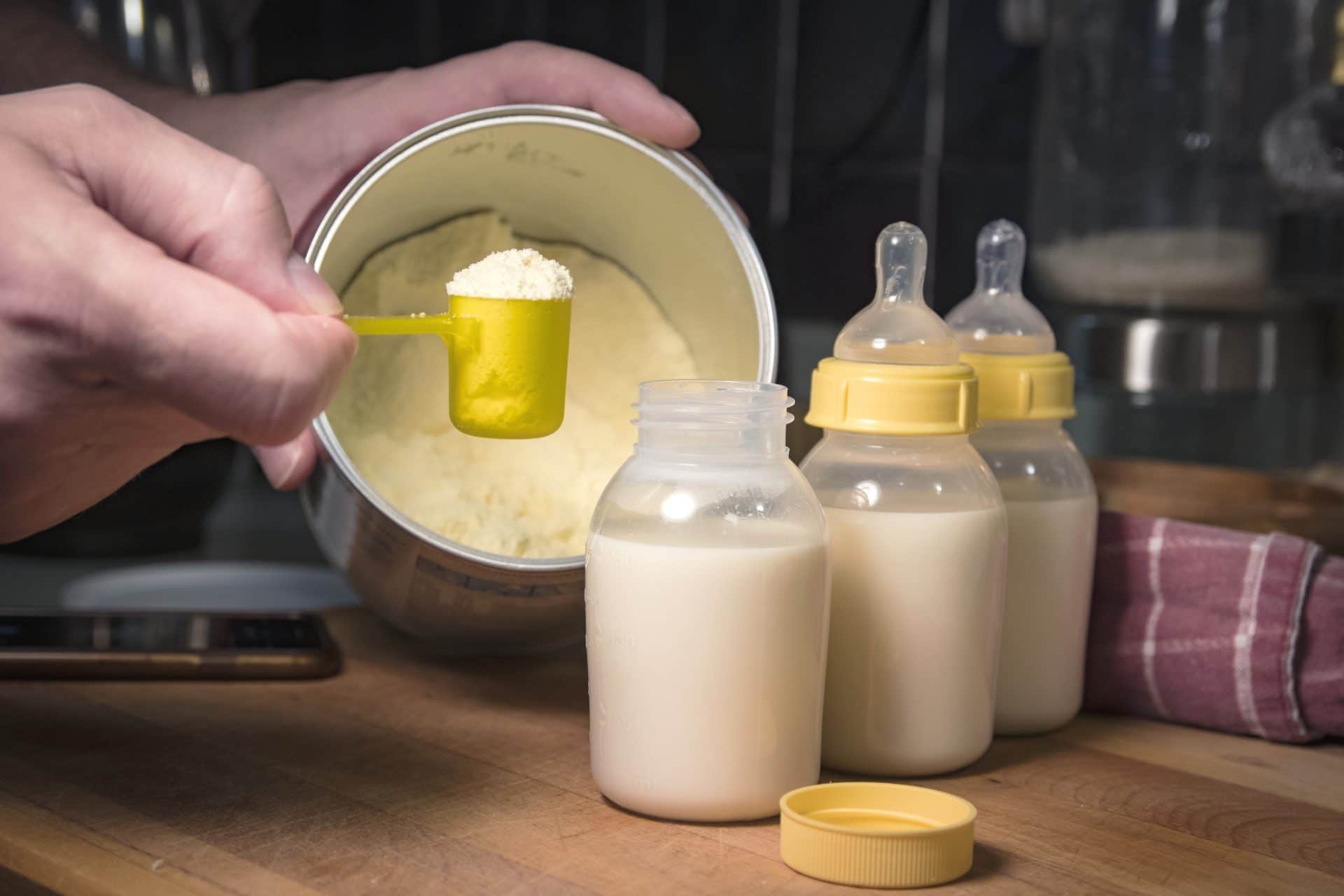

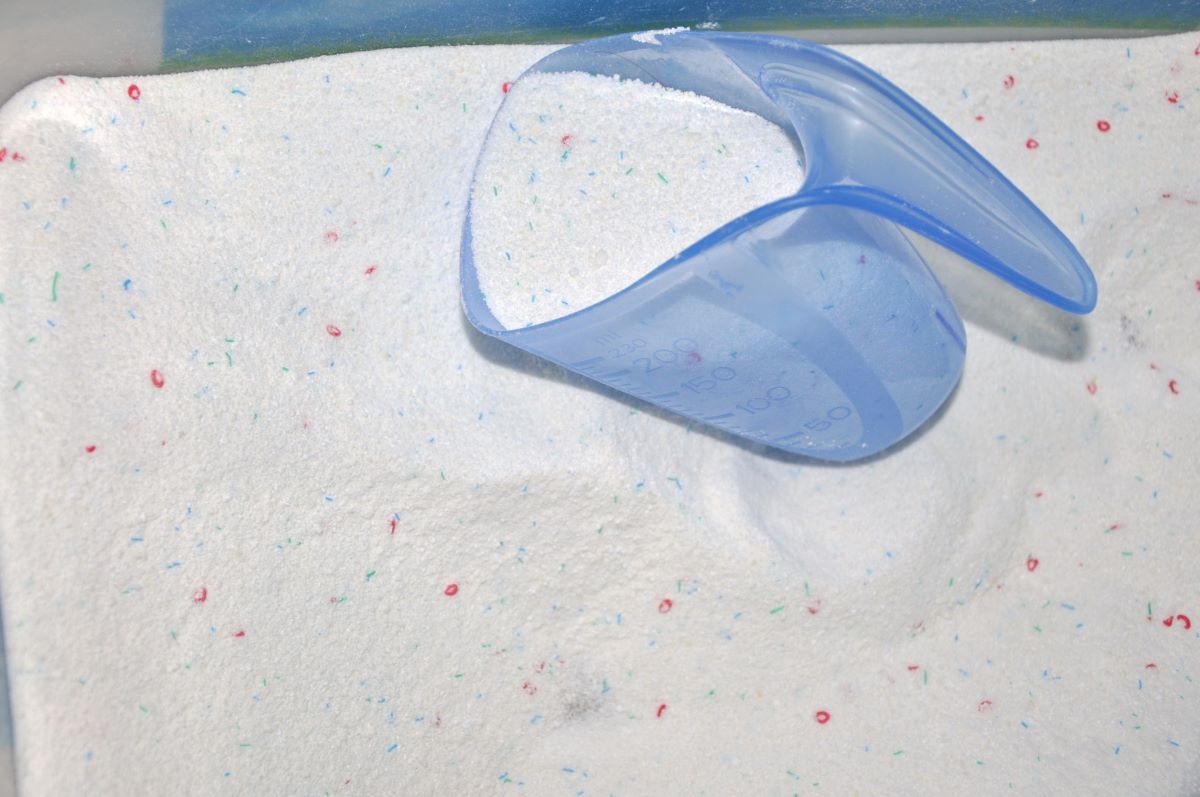
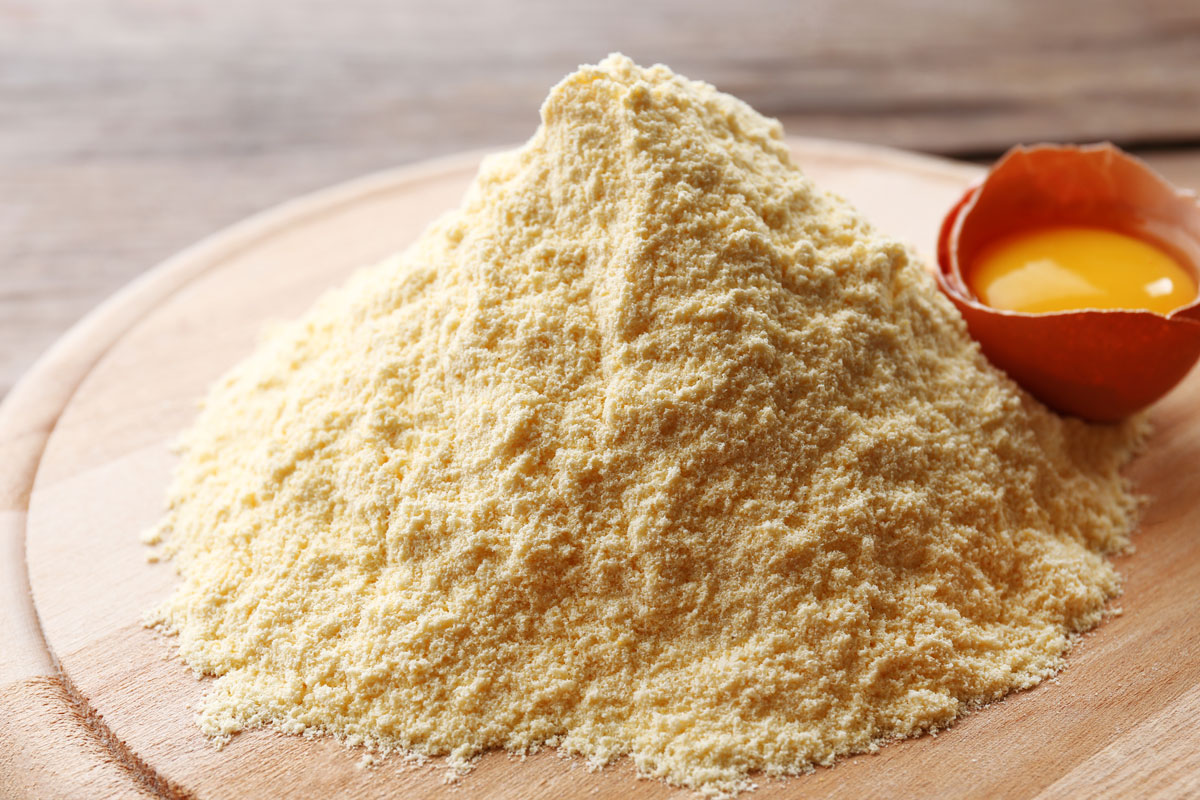

0 thoughts on “How To Store Protein Powder”